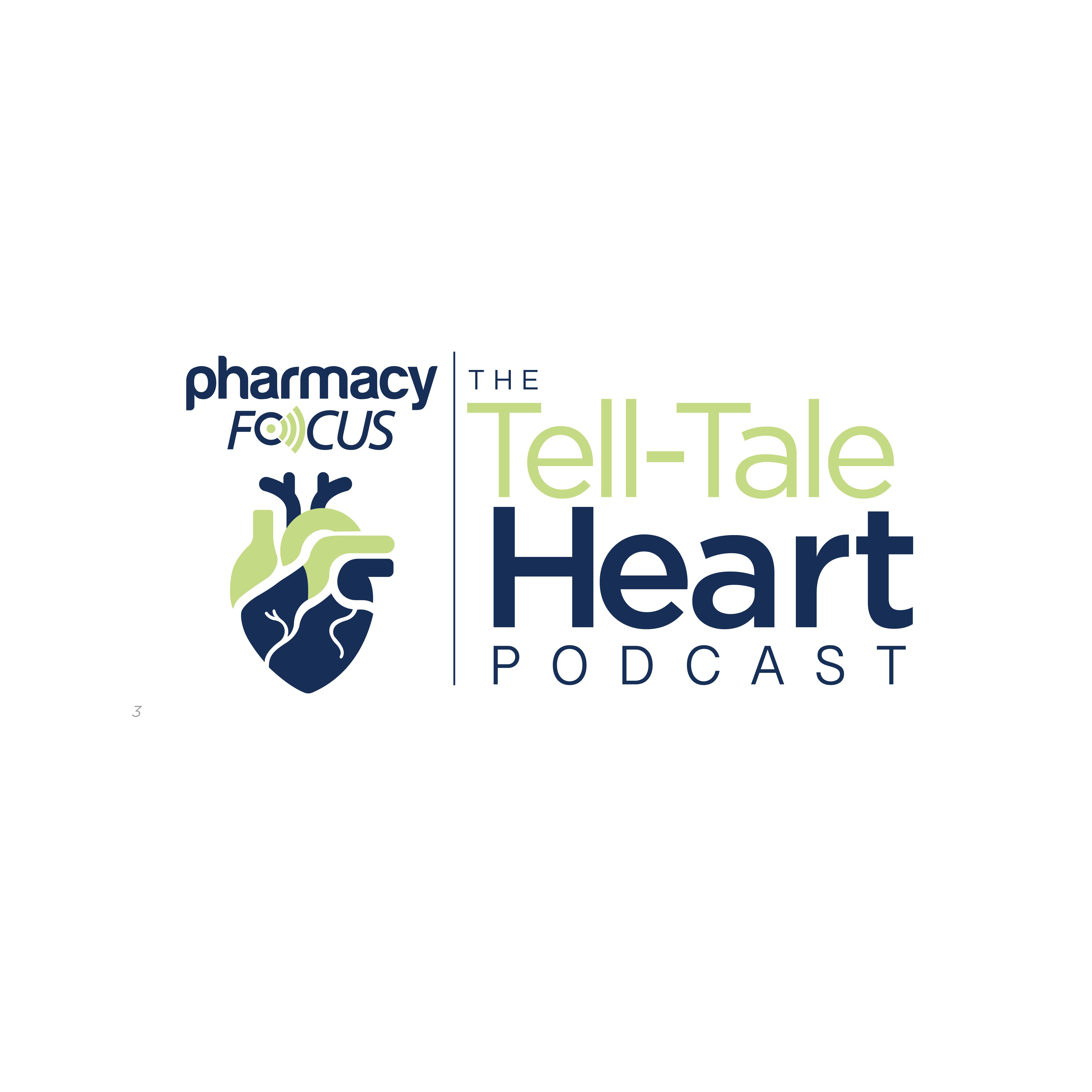Video
Immunizations: Active Versus Passive
Mary Koslap‐Petraco, DNP, PNPPC‐BC, CPNP, FAANP, Stony Brook University School of Nursing, discusses the difference between active and passive immunizations, and how they work to prevent disease. This video was filmed at the 2019 National Association of Pediatric Nurse Practitioners (NAP NAP) annual meeting in New Orleans.
Mary Koslap‐Petraco, DNP, PNPPC‐BC, CPNP, FAANP, Stony Brook University School of Nursing, discusses the difference between active and passive immunizations, and how they work to prevent disease. This video was filmed at the 2019 National Association of Pediatric Nurse Practitioners (NAP NAP) annual meeting in New Orleans.
Mary Koslap‐Petraco, DNP, PNPPC‐BC, CPNP, FAANP: There are different types [of immunization]. There’s active immunization, and passive immunization.
Active immunization is when we give you a vaccine and your immune system kicks into high gear, and sets up a series of reactions in your body to trick your body into thinking that you’ve actually had the disease.
Passive immunization is when you get those pre-formed antibodies. Most of the time, you got them from your Mom when you were born. So, my Mom gave me passive immunization against polio because she had had polio as a child, but that type of immunization wears off over time. We have to follow it up with active immunization.
Newsletter
Stay informed on drug updates, treatment guidelines, and pharmacy practice trends—subscribe to Pharmacy Times for weekly clinical insights.






